Mold on Clay Pot?
Sugi_C (Las Vegas, NV)
11 years ago
Related Stories

SPRING GARDENINGHow to Grow a Rose Garden in Pots
Everything can come up roses, even without a plot of soil in sight. This step-by-step guide to growing roses in containers shows you how
Full Story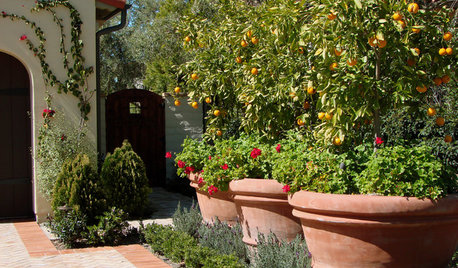
GARDENING GUIDESPick the Right Plant Pot to Flatter Your Landscape
To play matchmaker for your container garden and its surroundings, you've got to know all the materials and pick the right style
Full Story
GARDENING GUIDESHow to Stop Worrying and Start Loving Clay Soil
Clay has many more benefits than you might imagine
Full Story
ROOFSRoof Materials: Get an Old-World Look With Clay Roof Tiles
The ancient roof material of choice remains the modern-day ideal for authentic Italian, Mediterranean and Spanish home styles
Full Story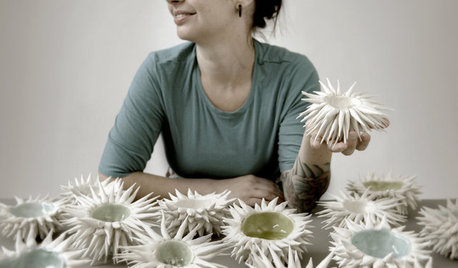
TASTEMAKERSInterview: Heather Knight of Element Clay Studio
Nature, architecture and a creative community inspire an Asheville artist
Full Story
ROOFSThis Long-Lasting Roofing Material Works With Many Styles
With their durability and wide range of colors and molded shapes, concrete roof tiles are worth a look
Full Story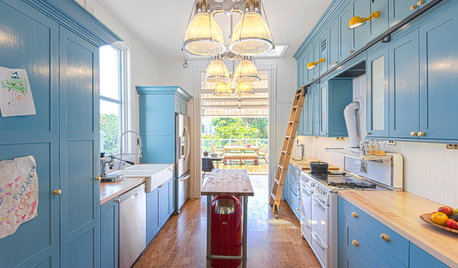
KITCHEN DESIGNKitchen of the Week: Pushing Boundaries in a San Francisco Victorian
If the roll-up garage door doesn’t clue you in, the blue cabinets and oversize molding will: This kitchen is no ordinary Victorian galley
Full Story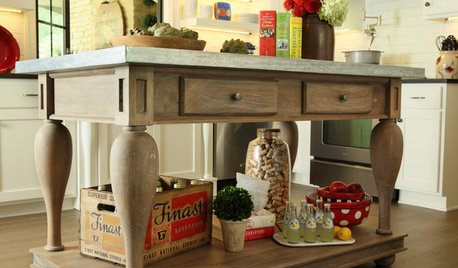
KITCHEN DESIGNKitchen Confidential: 11 Islands With Furniture Style
Break the mold with these nontraditional kitchen islands
Full Story
KITCHEN WORKBOOK15 Elements of a Traditional Kitchen
Small details take center stage with decorative moldings, glazed finishes, raised panels and more
Full Story
CONTAINER GARDENSSolve Your Garden Border Dilemmas With Planted Pots
Set your containers free from the patio — placed among plantings in the ground, they fill unsightly gaps, let you experiment and more
Full Story





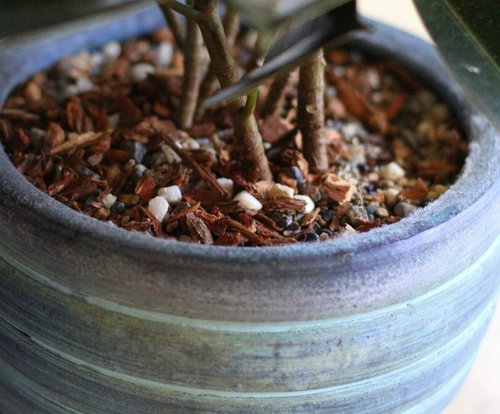


mrlike2u
Sugi_C (Las Vegas, NV)Original Author
Related Professionals
Cary Landscape Architects & Landscape Designers · Harvey Landscape Architects & Landscape Designers · Athens Landscape Contractors · La Vista Landscape Contractors · Santa Maria Landscape Contractors · Tewksbury Landscape Contractors · Washington Landscape Contractors · Winter Gardens Landscape Contractors · Beverly Hills Solar Energy Systems · Town 'n' Country Window Contractors · Lake Arrowhead Window Contractors · Laurel Window Contractors · Sherman Oaks Window Contractors · American Fork Fence Contractors · Burbank Fence Contractorsgreenman28 NorCal 7b/8a
tapla (mid-Michigan, USDA z5b-6a)
Sugi_C (Las Vegas, NV)Original Author
sf_rhino
tapla (mid-Michigan, USDA z5b-6a)
sf_rhino
Sugi_C (Las Vegas, NV)Original Author
tapla (mid-Michigan, USDA z5b-6a)